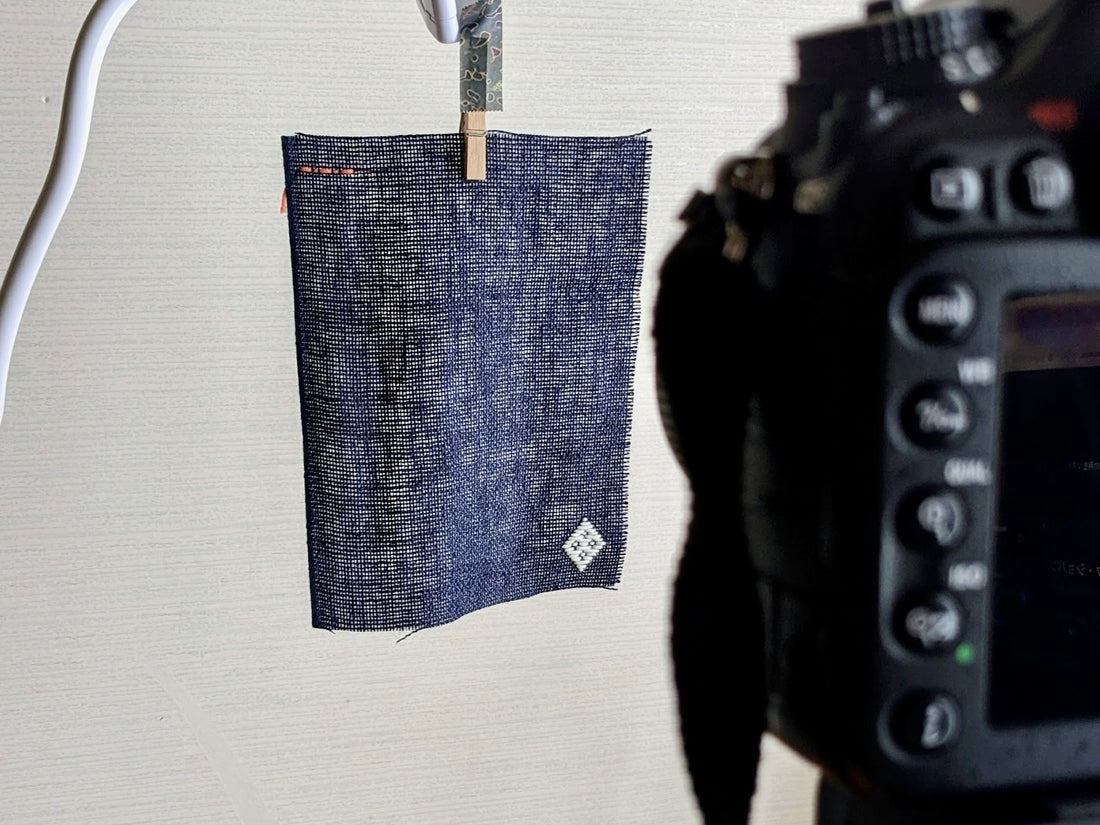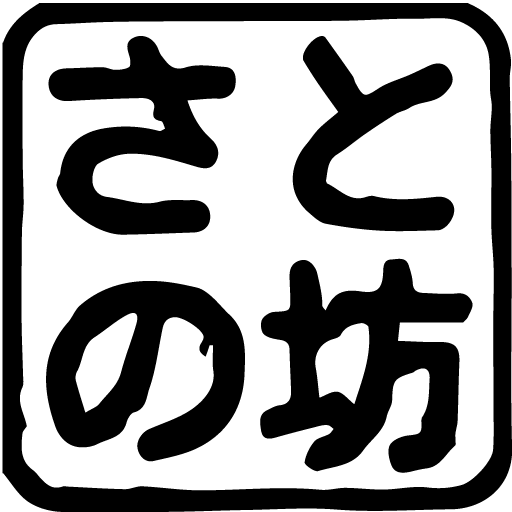
Understanding cloth and thread 7 (transparency of cloth 1)
◆Learning about cloth and thread 7 (transparency of cloth)
In the previous article, Understanding Cloth and Thread 6 , we looked at the differences in the appearance of patterns due to the difference in the number of stitches (the number of vertical and horizontal weaving threads within a certain size) depending on the fabric. Even though the fabric has the same ratio of vertical and horizontal weaving threads, there are small differences in the actual pattern, and we made some interesting discoveries.
This time, we will look at how light passes through the cloth, although it may seem intuitive. We investigated the weight in Chapter 3 of Understanding Cloth and Thread , so we will use those numbers as a reference. The photo below shows the fabrics we are researching, and we will be focusing on two of them, Olympus Linen and Kensen Congress, which have interesting differences.

(Please try holding your own cloth up to the light)
◆Please take a look at the photo below, which shows the cloth held up to the light . This is a photo of the lightest Olympus Linen (linen, 4g) and the heaviest Kensen Congress (cotton, 10g) when comparing 8cm x 13cm cloth. The degree of transparency (the size of the hole through which light passes) is quite different.
*Photographed at the same time and place with both the camera and cloth fixed. Please understand that this is not a perfect comparison due to my photography and editing skills.

(Olimpus linen on the left: 8 stitches/cm, right: Kensen Congress: 7 stitches/cm)
What did you think when you saw this? The hole in the cloth on the left is larger, and the hole in the cloth on the right is smaller! Isn't there a lot of people who thought that? Plus, it seems easier to stab the left one! Some of you may have thought so. In fact, when comparing the two, the Olympus linen on the left has a finer grain, and the Kensen Congress linen on the right has a coarser grain.
Another thing to pay attention to is the weight of the cloth. Olimpas, which has more yarn per same area (8cm x 13cm), weighs 4g, and Kensen, which has less yarn, weighs 10g. Let's compare and see what kind of threads each one has. how is it? That's completely different. (Photo is enlarged)

◆Is it difficult to sew fine-grained cloth?
Through this article, I would especially like to convey to those who have just started kogin sashimi that there is no need to think that fine-grained fabrics are difficult to sew . I have not yet conducted any research to support this statement, but I hope that this research will somehow lead to this. In the next installment, I will write about the transparency of the 12 pieces of cloth that were investigated.
◆Bonus: Shooting scene This time, I attached a clip to a stick like this, sandwiched the cloth, and took the photo as horizontally as possible. Daruma's linen and Kogin Duel seem to have a lot of starch, so even if you pinch them with clips, the fabric doesn't warp, and Kensen's Congress and Hemp 252 do distort even if you try to pinch them in a position that won't warp.There are also discoveries such as the tension of the fabric. there was . Is it okay to take pictures without distortion? I thought about it, and thought that one of the benefits is that you can feel the softness of the cloth, so I cut out the natural appearance.

I will leave a photo of the fabric taken at the end as shown above. If you don't mind, please think about what kind of impression you get from each cloth.

(Azabu, but fancy hessian is a rayon blend)

(cotton cloth)
I will be focusing on production for a while starting in July, so I think my research speed will slow down, but I will be looking into it carefully, so please take your time. Also, I would like to take advantage of the time between production to expand the kits in this shop , so please look forward to it.
◆Regarding the survey content
This information is for those who enjoy Koginzashi on their own, and was researched by Satonobo using materials he kept at home. Please note that depending on the storage environment, there may be a discrepancy in the count or weight of the fabric you have. Also, unauthorized use of photos is prohibited. I hope you have a fun Kogin time.
Satonobou
